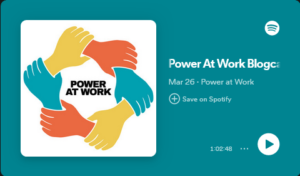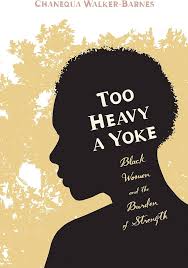Published by BlackCommentator.com, December 10, 2022
A cup of water could become more valuable than one of Starbuck’s Coffee
 When I became politically aware that water was a commodity, I was outraged. As a kid, you turn on the tap, you jump into the swimming pool, or you take a shower believing that Mother Nature was the sole provider of this free resource and her well would never run dry. Two rising problems in this country are headed for a head-on collision: the rising costs of water and the scarcity of water.
When I became politically aware that water was a commodity, I was outraged. As a kid, you turn on the tap, you jump into the swimming pool, or you take a shower believing that Mother Nature was the sole provider of this free resource and her well would never run dry. Two rising problems in this country are headed for a head-on collision: the rising costs of water and the scarcity of water.
The water industry controls the collection, treatment and distribution of water to agricultural, industrial, and residential users. The water companies have investors that need to see annual profits in their portfolio. And profits they make. I am not stupid or naïve; I know that it costs to get safe and clean water to homes, farms and businesses. It’s the profit part that deserves our scrutiny. The super profits being made should be going back into maintenance and upgrades to ensure preservation and access to water.
The aging infrastructure system in this country that begs for overhauling includes water treatment and delivery infrastructures. President Biden pushed for a $2 trillion proposal that barely addresses the problems because retrofitting rail lines, changing out rusting sewer pipes and repairing crumbling bridges have not been a priority in this country for decades. Military aggression has.
Based upon the trauma we are putting on the planet, it will become more difficult – and more expensive – to guarantee safe water to residents. The EPA tells us that the average American uses 300 gallons of water daily. Demand and supply are becoming more imbalanced as population increases and water supply decreases. Most states have already predicted water shortages in the next ten years unrelated to drought.
Milwaukee recently tested its water source for PFAS (per- and polyfluoroalkyl substances). They are a group of over 9,000 chemicals created and used in everyday products for over 70 years. Products like shampoo, packaging, make-up and a host of other items. These “forever chemicals” are showing up in Wisconsin’s water supply and in water supplies all over the country. These chemicals don’t break down in the human body or in the environment, and they also accumulate over time. According to the Centers for Disease Control (CDC), they are associated with cancer, liver damage, decreased fertility, and increased risk of asthma and thyroid disease.
U.S. cities are struggling to maintain clean and safe water supplies for its residents. It’s not just Flint, Michigan. From Baltimore to Orlando to Los Angeles, cities are losing the battle to maintain safe and sufficient water supplies.
Some cities are dealing with actual water shortages like Las Vegas. Sin City draws 95% of its water from the Lake Mead reservoir, which channels the raging Colorado River. The alarm has been sounded many times that the lake is down to less than 40% of its capacity. Environmentalists predict there won’t be enough water in the next decade to run the generators.
Other cities like Las Vegas, Tucson and Phoenix are situated in dry places with sparse rainfall, and yet people continue to water their lawns, pamper their golf courses, and go to water parks with little recognition of the impact of their water waste. There have been insignificant lifestyle changes focused on giving Mother Nature some much-needed relief.
Like climate change and global warming, water problems are largely human made. There are too many people living in environments that cannot sustain them. There are too many toxic chemicals created by manufacturers and overused by every sector of society, especially in agriculture. The health of humans and the ecosystem are in peril right now and can only worsen in the coming years.
Access to water is a human right and all of us must work together to protect that human right. However, we have different relationships to the problem and its solutions. Consumers will have to change their lifestyles for sure, but the enormity of the problem and its solutions lies in the laps of government and the water industries. We must understand the anatomy of the issue so that we know how to hold these powers accountable. The situation requires drastic, coordinated measures on all levels to address the problem now or face catastrophic consequences later.



